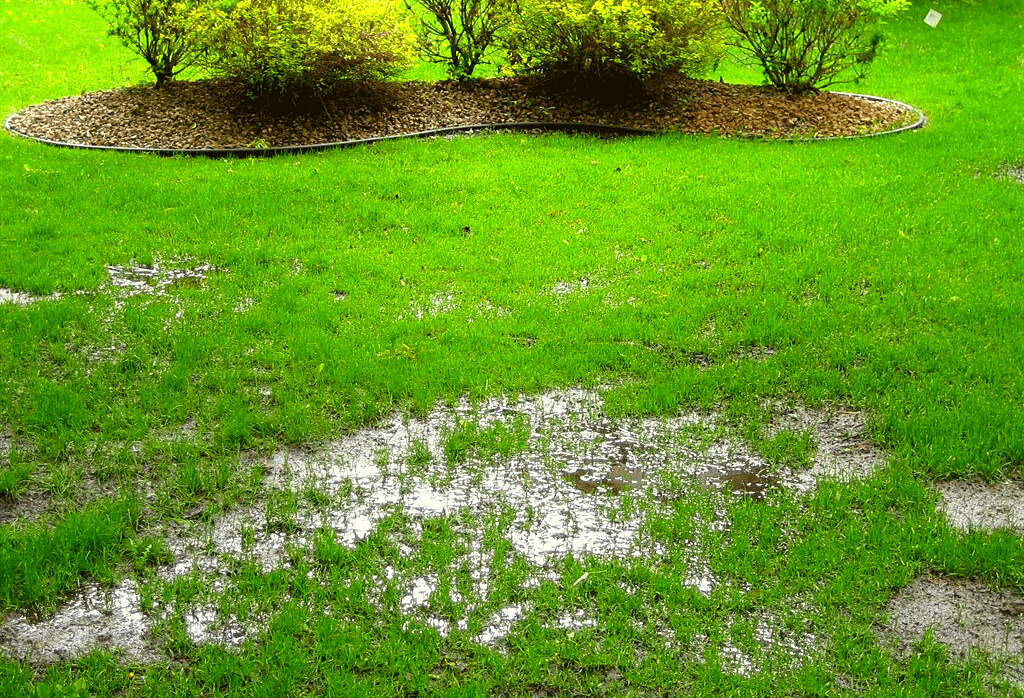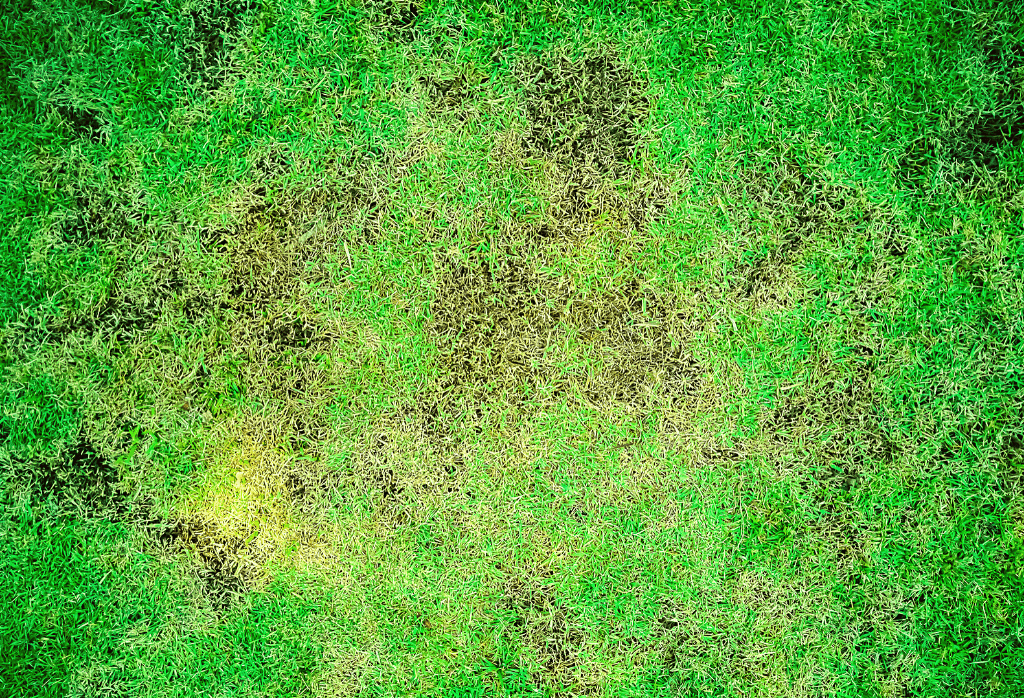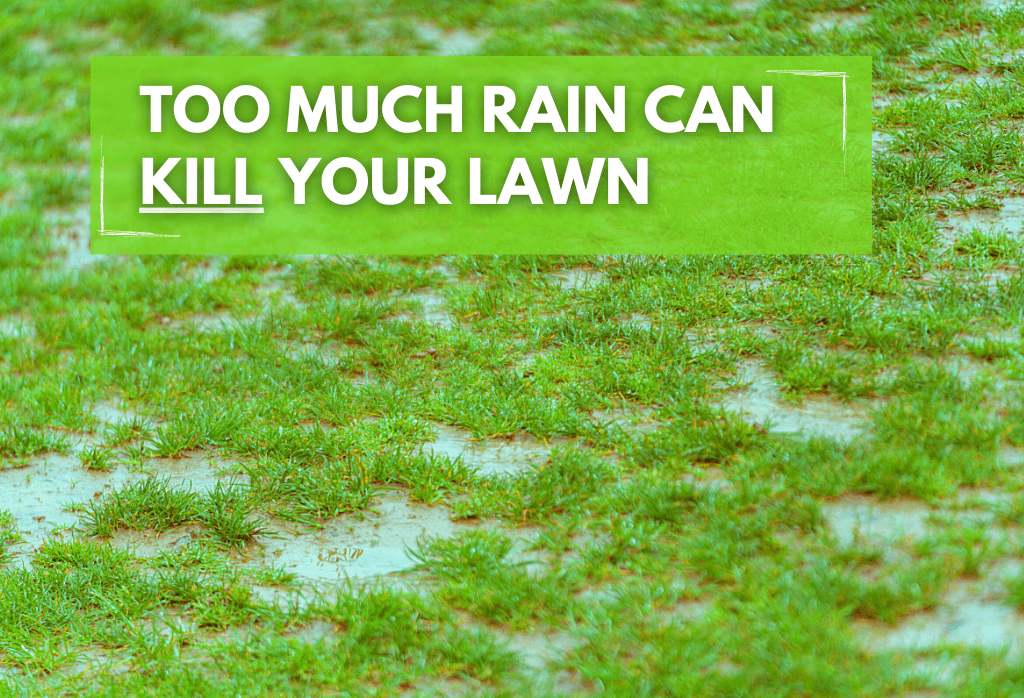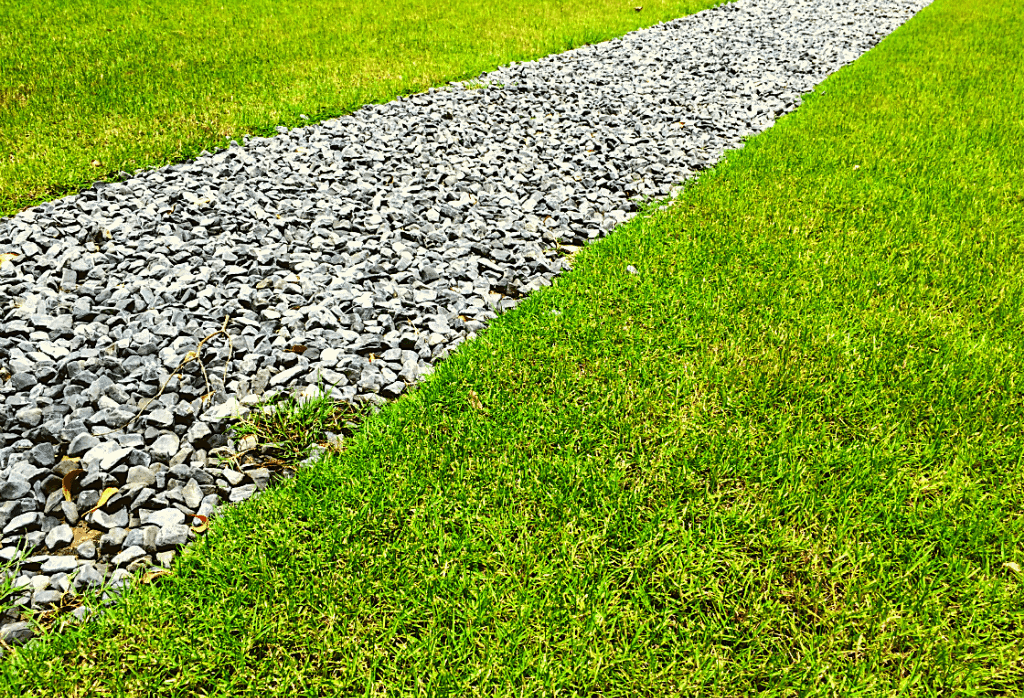How Too Much Rain Or Water Can Negatively Effect Your Lawn
Why is turfgrass so important? According to The Lawn Institute, the grass and trees along our nation’s highways and byways produce enough oxygen to supply over 22 million Americans each and every day of the growing season.
A plot of grass 50×50 feet square delivers oxygen to 64 people daily. So, in addition to many other benefits, the grass is a vital link in the supply of oxygen to our growing populations.
We all know that bugs and diseases, drought, and neglect can damage, if not kill off altogether, our grassy areas. And we understand that not enough water, from either natural rainfall, irrigation, or both, is vital to maintaining healthy turf. But what happens if there is simply too much water?

In basic botany, we learned that grass plants, all plants for that matter, take up and use carbon dioxide, combining it with water, and, in the presence of sunlight, photosynthesize or produce food. You can see this happening in the beautiful green color exhibited in healthy turf.
But when lawns are inundated by excess rainy weather, sometimes dumping inches of rain on saturated turf, the tiny air pockets in soils can become flooded, forcing out the carbon dioxide necessary for photosynthesis to take place. When this happens, growth stops, plants turn yellow and, in severe or extended cases, die off.

How to Prevent Your Lawn From Flooding
In 2019, many areas of the Midwest experienced an excessively rainy season; and, in some areas, healthy lawns, especially those with standing water in low spots, were losing turf. In 2020, things have tended to be hotter and dryer in many parts of the country, so it has been less of an issue, but it is still a relevant topic. And as always weather patterns can change at a moment’s notice.
The solution: there are several. First, where possible, install drains to keep water moving out of those low areas. French drains, simple perforated drainpipes set in the gravel just under the surface of the soil, can make a huge difference in minimizing damage due to excess water.
In addition, where soils are predominantly clay, annual core aeration will open-up compacted and ‘clogged’ soils, improving drainage.
Of course, any time a new lawn or renovated turf area is planned, the site soil should be prepared with at least a modest slope, enough to move excess water off the lawn.
Anything that helps prevent standing water will not only enable grass plants to exchange gasses, O2, and CO [oxygen and carbon dioxide] and carry out photosynthesis, it will also help keep lawns healthy and more able to contend with spring, summer, and fall pest pressure. Healthy lawns always tolerate pest attacks more successfully than water-logged, stressed turf.
Join Our Free Lawn Care Newsletter
Stay Up to Date With The Latest News & Updates
* We don’t share your info with anyone ever.






